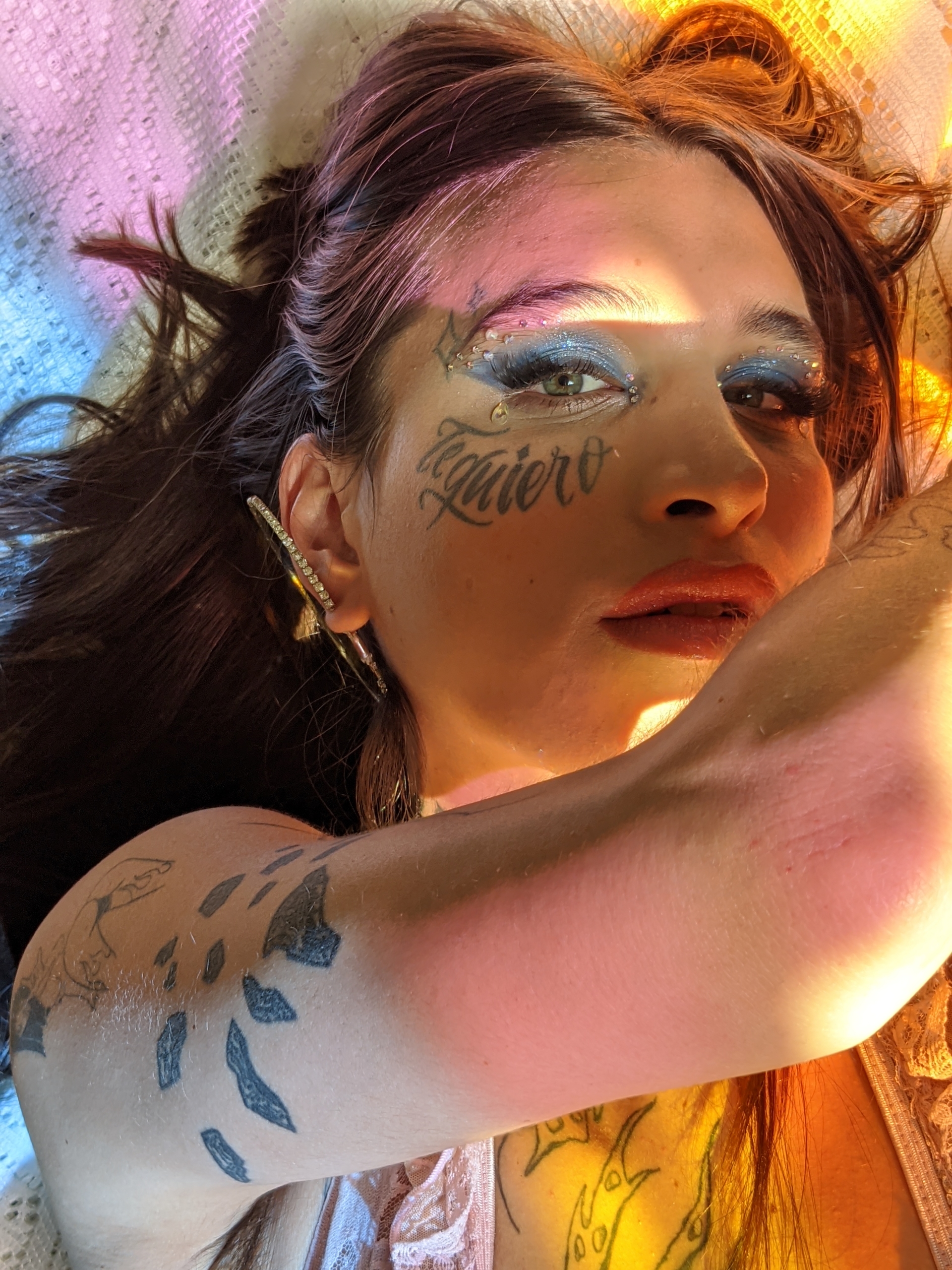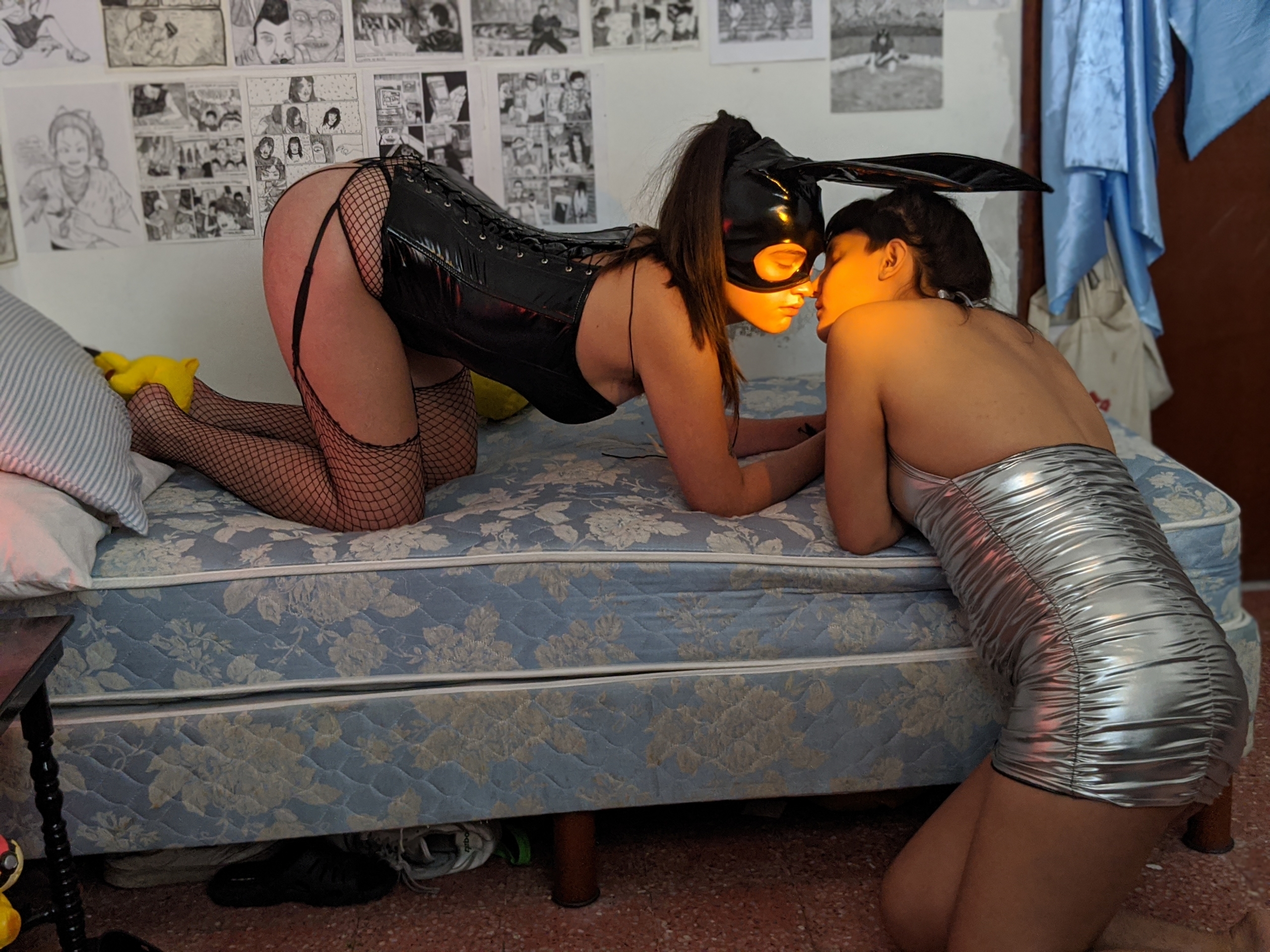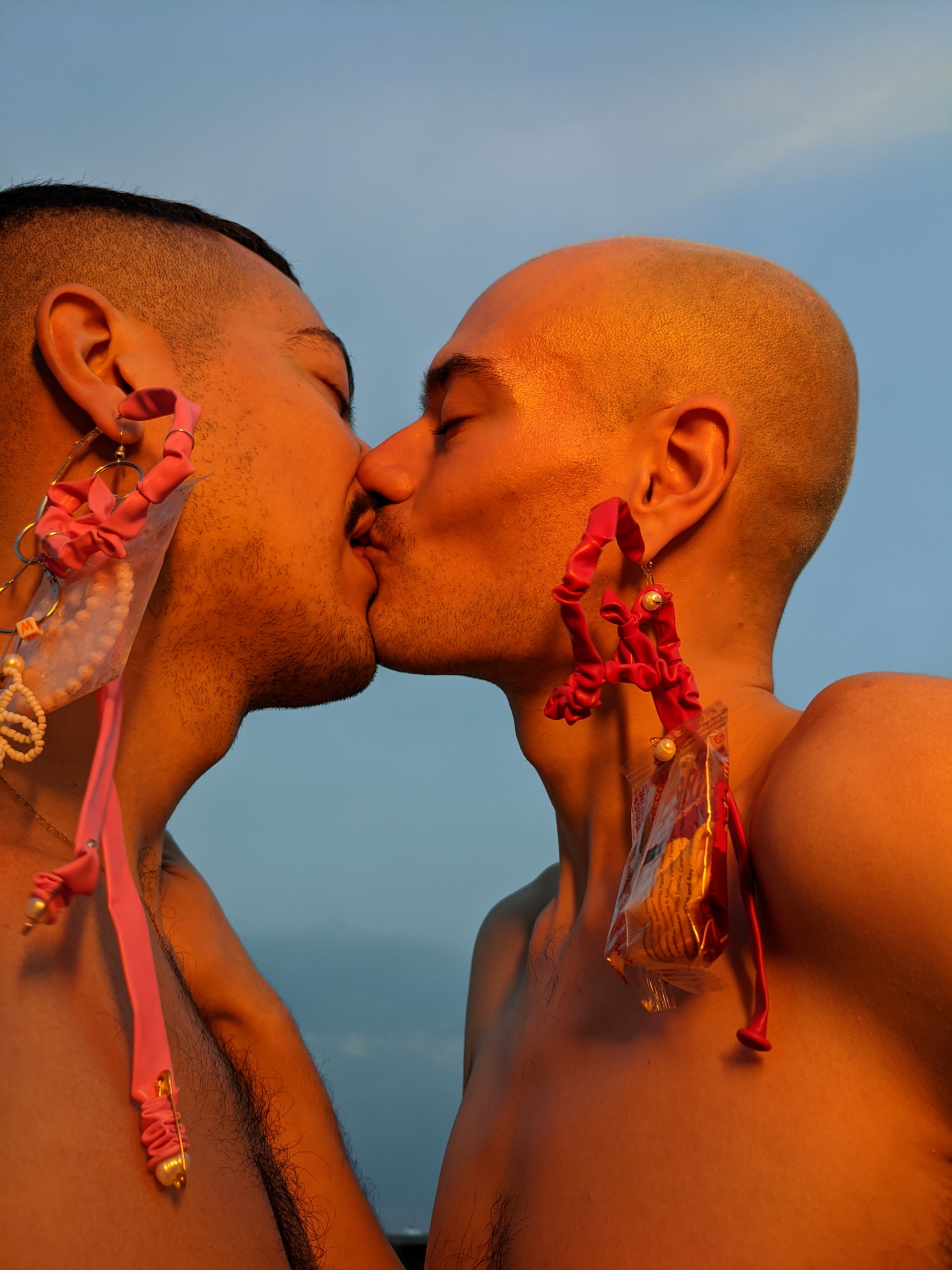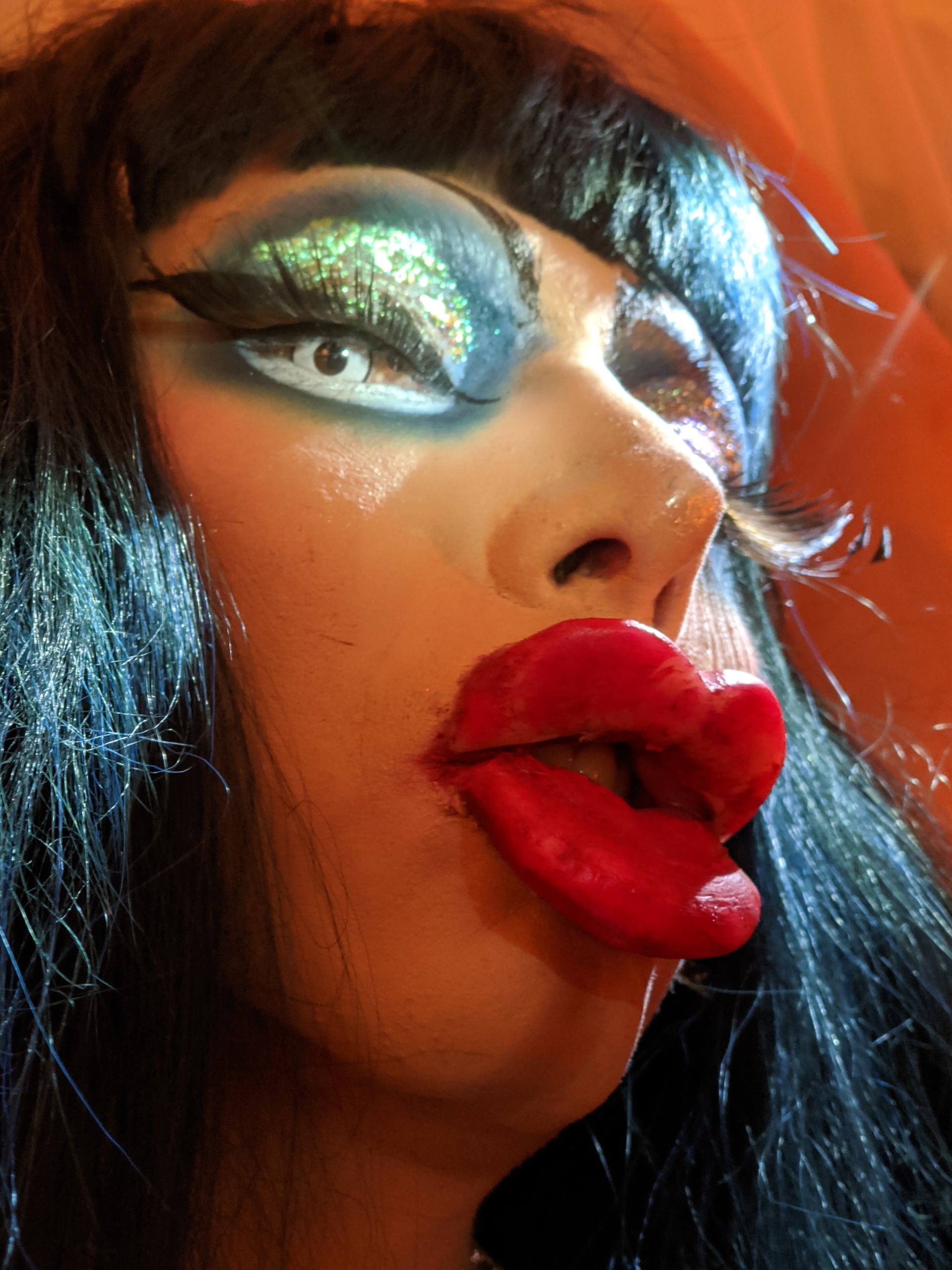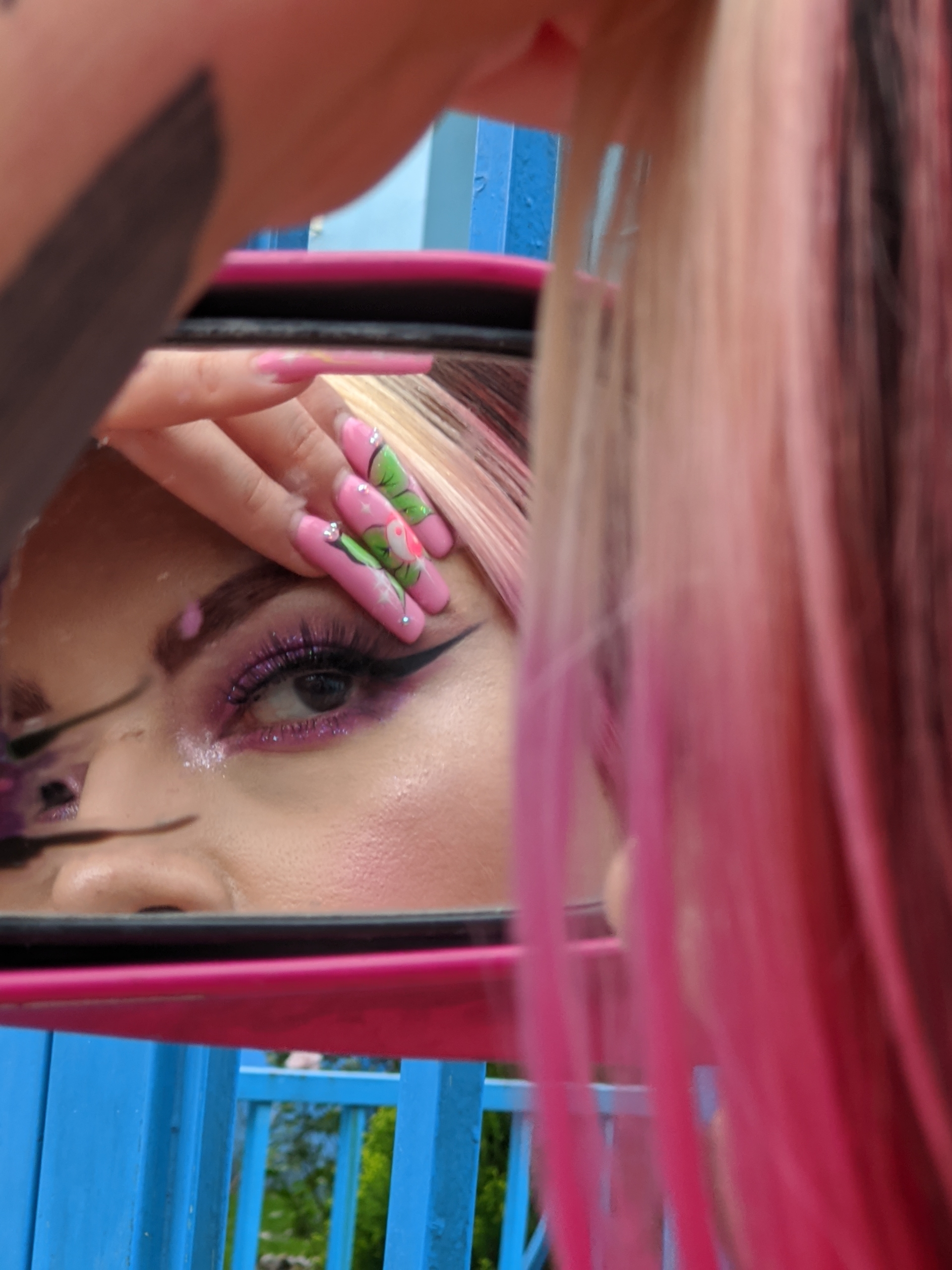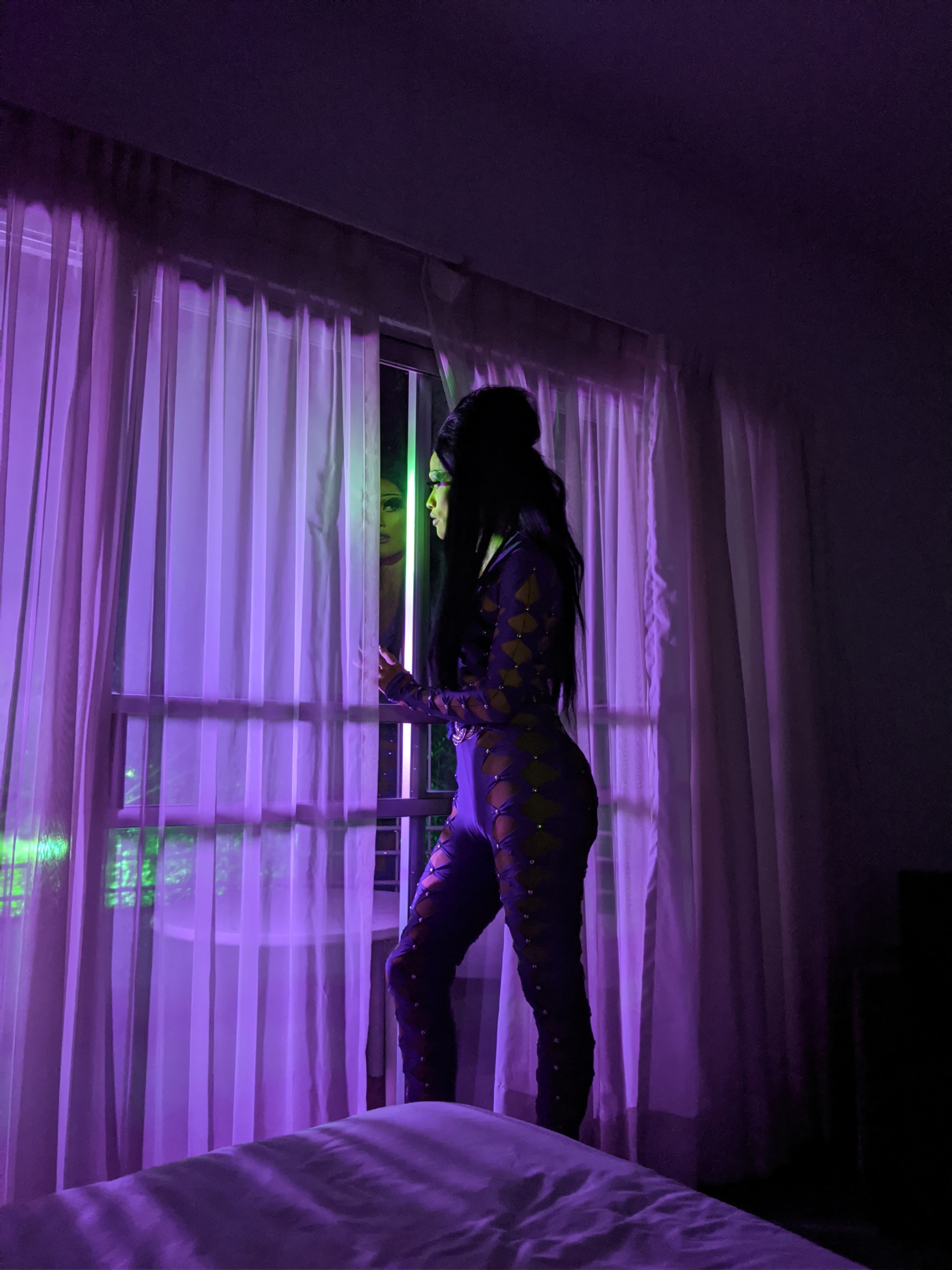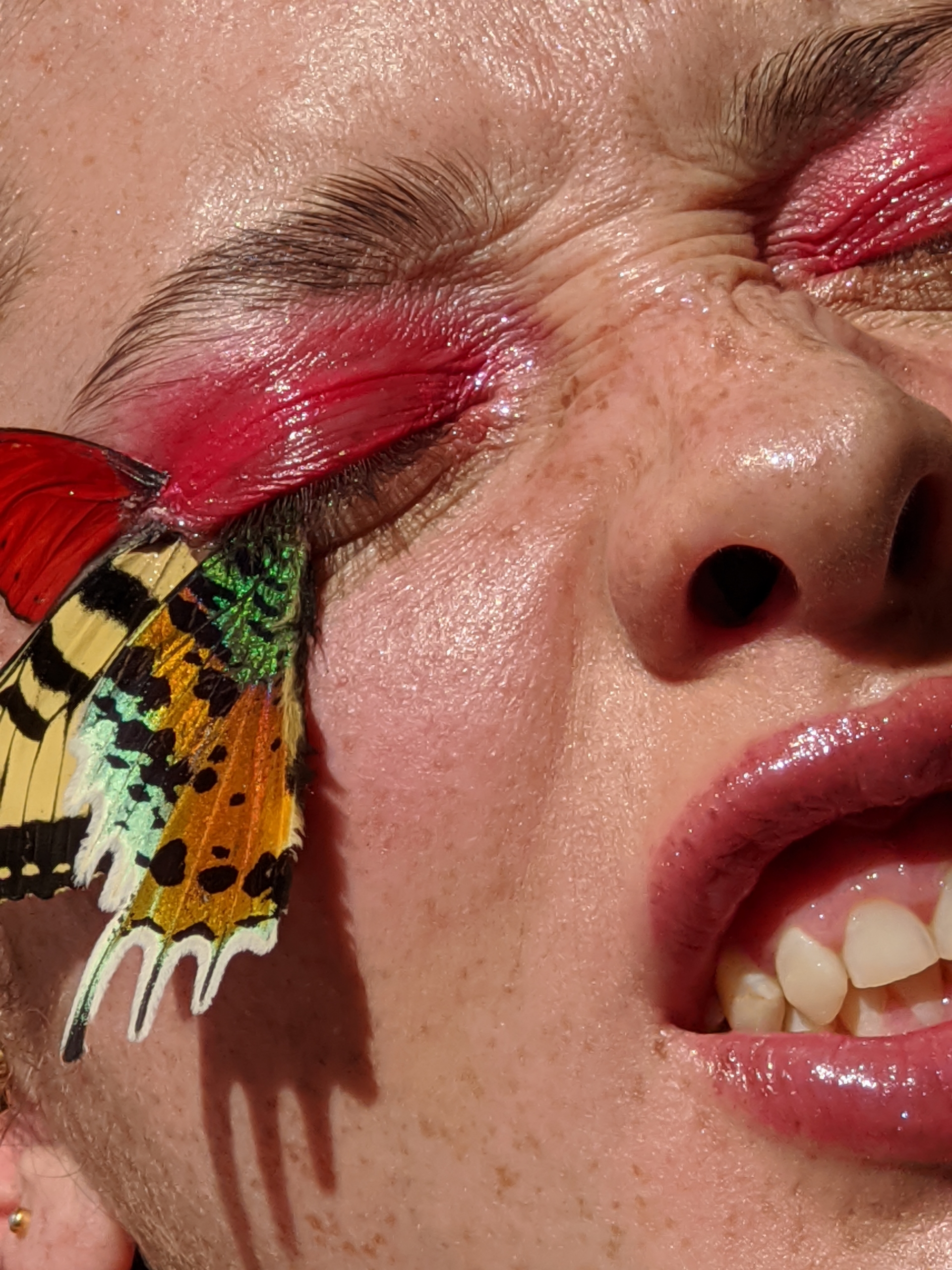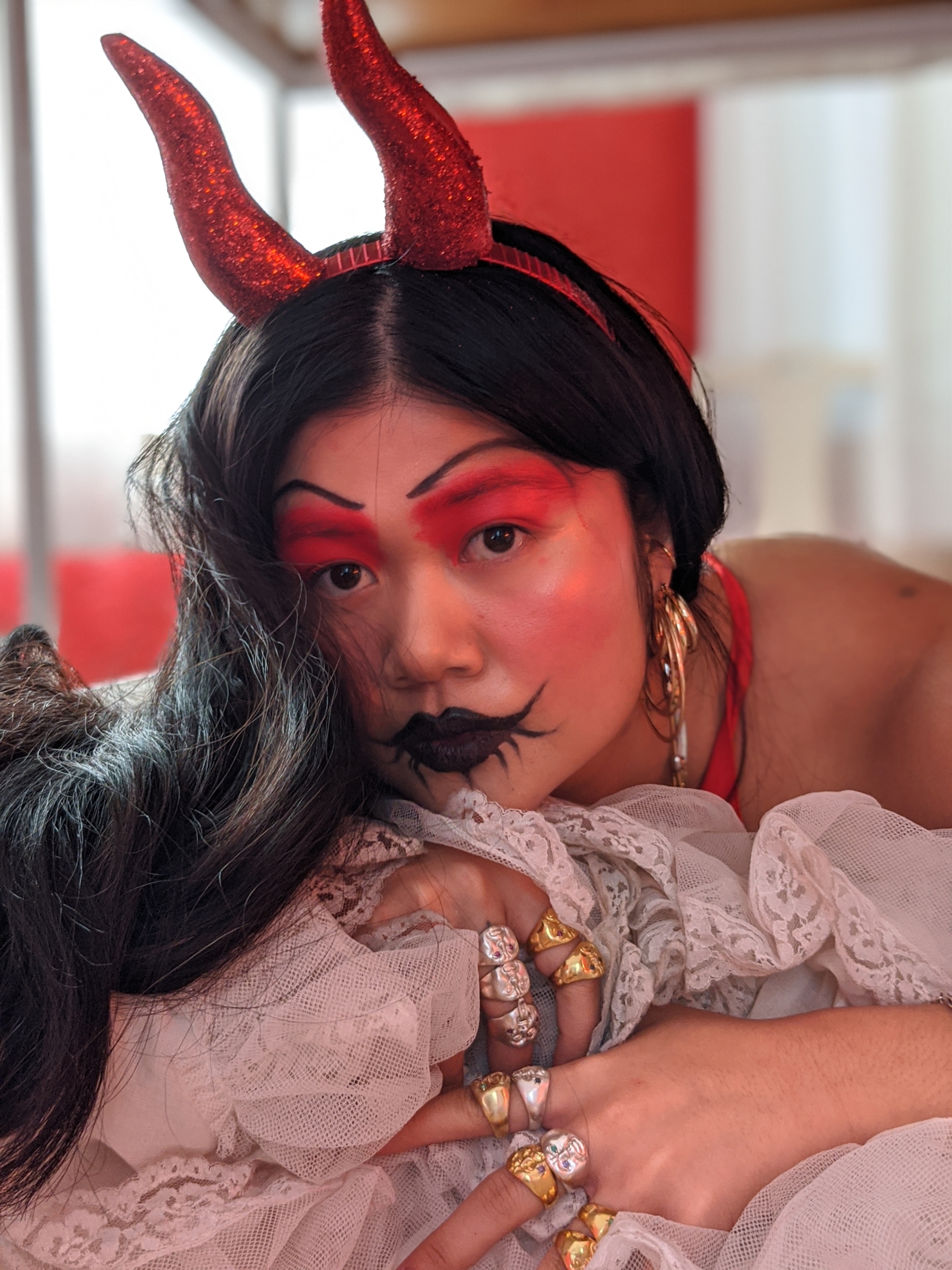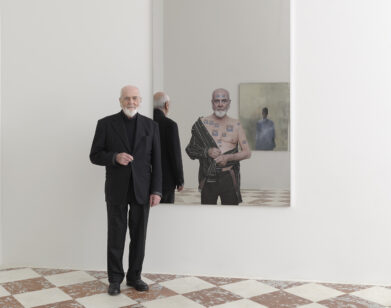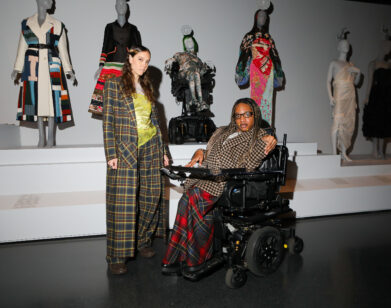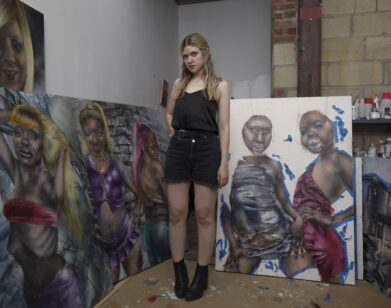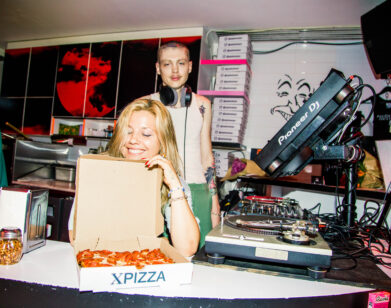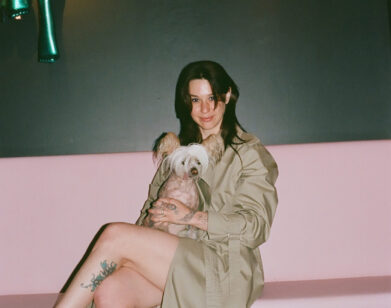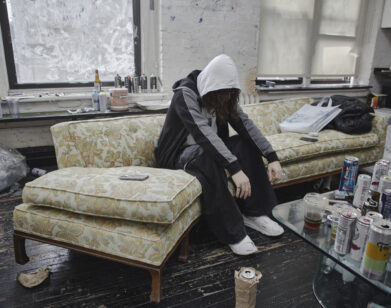Mayan Toledano Wants To Get Into Your Bedroom
The photographer Mayan Toledano has always loved bedrooms. From a young age, she saw them as a space for self-discovery, the first opportunity to communicate to anyone who enters who she was and who she wanted to become. Her fascination with how people articulate self-expression has only sharpened since she began experimenting with photography—an interest that recently grabbed the attention of Google. In partnership with LENS, Google developed the Creator Labs, an incubator project that seeks to promote artists whose work emphasizes individuals and narratives not typically represented in mainstream media. The filmmaker Andrew Thomas Huang, along with the photographers MaryV Benoit and Quil Lemons, have each constructed their own unique collections of work, exclusively using the camera on Google’s Pixel phone. Toledano’s series, “No Mamés,” centers on several LGBTQ+ creatives living in Mexico City, blending the subjects’ own forms of self-expression with flairs of fantasy. The portraits are all set primarily in the bedroom, a space that, according to her, brings balance to the relationship between the subject and the photographer. Below, Toledano tells us about her love for Pedro Almodóvar, the responsibility she feels to uplift her community, and what it is about bedrooms she finds so captivating.
———
“I like my work to be collaborative and to relay who the other person is and not just what I see them as. To me, it’s not just about finding an interesting subject, it’s about connecting with someone and translating who they are through my photos as well. When you shoot someone in a studio, it’s me and all my equipment, and it can be very intimidating. But when I come into someone’s personal space, they are letting me in—we are in the same position. I really like that leveling and that equality in how I create the work. I did that a lot through the phone, where I asked the subjects to take a selfie, because I really wanted to see how people see themselves. The work is always collaborative, the personal space is obviously just part of it. It’s about telling the story and being equal with them in that vulnerable, private space.”
———
“As a queer person and a queer artist, I want to highlight and tell stories of my community. I think having a tool and having something to talk about and having publications or even the gallery space that Google gave us, that comes with a responsibility, always. Since I started taking photos, I always had some sort of consciousness to bring out a story that I feel is lacking in the media. It’s something that I’m passionate about, always exploring and sharing.”
———
“I see film as the highest form of art. My favorite films are usually Almodóvar—I really like Pain and Glory and All About My Mother. It’s nice to see a filmmaker that I really admire—how he sees women, and queer people, and trans people… How everything about that is always inserted in his films, but then it’s also his personal life and his own struggling. It’s a little window into his mind and feelings, which if you know his work, connects with everything else that he does.”
———
“I went to fashion school, and the reason I got into photos was because I started questioning a lot in class why we are taught to do things the same way. Images were repeating themselves, designs were repeating themselves, all the mannequins in the classroom were a size six or four. I kept raising my hand and asking why, and it wasn’t really accepted. I didn’t want to sit there and be frustrated, and I realized I needed another creative outlet. So I started photographing, and the first fashion shoot I did for school was all 70- and 80-year-olds. They were all women from Harlem going to church on Sundays. I went and visited the churches for a year and I made this mini-book. I see style in culture, and I wanted to explain something else that has a strength and roots and a sense of community in it, and not just a visual tool. When I finished school and went out into the world, I had to fight for casting. I had to ask the question or else it wouldn’t happen.”
———
“Mexico City is the place that became a creative home for me in the past three years. There’s something actually beautiful about how family-like it is, and how supportive it is within the queer community in the arts scene. You go to public spaces, like parks or salsa clubs or bars, and there’s just the most amazing diversity everywhere—it goes across age, gender, sexual identity, race, anything. It feels very safe for a lot of people. I only started going there three years ago, and I’ve gone back six times since. It’s really a special place. The same way I came to New York and it felt like home right away, when I went to Mexico City I felt at home right away too.”
———
“I’ve always wanted to shoot Justin Bieber. I find him and the fandom around him the last remainder of what a celebrity used to be. He came from the internet, but the way his fans respond to him is very Beatles-like. One of my first projects was portraits of Beliebers. I did find it really interesting, the admiration and how much space he takes in their lives—and it’s not in a jokey way. For a lot of them, it was something really deep.”
———
“I think the only way to really solve hate or injustice is empathy and compassion. Once you understand another person, why would you continue hating or discriminating against them?”

